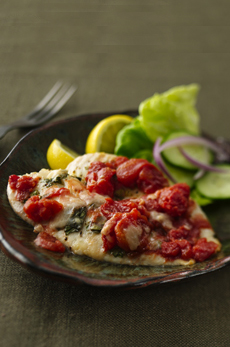|

Add as many basil leaves, bean sprouts, and scallions as you like (photo © Simon Gurney | Dreamstime).
|
|
Last night on “Top Chef,” contestant Dale Talde won the fondue Quickfire Challenge with his adaptation of the Vietnamese soup, phö (pronounced fuh).
Phö is a symphony of flavors—one of the world’s great soups. It is a complex and flavorful beef broth seasoned with cardamom, chile, cinnamon, clove, coriander, fennel, ginger, onions, and star anise.
The broth is piled high with stewed beef, rice noodles, basil, bean sprouts, cilantro, and scallions, and is topped off with fresh lime juice squeezed at the table. The ingredients create a heady aroma and flavor.
Hearty enough to be served as a main course for lunch or a light dinner, the Vietnamese enjoy phö for breakfast. It’s a winner any time of the day.
Learn more about phö and whip up a batch with this recipe.
The history of soup.
The history of pho.
The different types of soup: a glossary.
Find more soup recipes.
Check out this pho and ramen breakfast.
December 12th is National Pho Day.
February 4th is National Homemade Soup Day.
|




